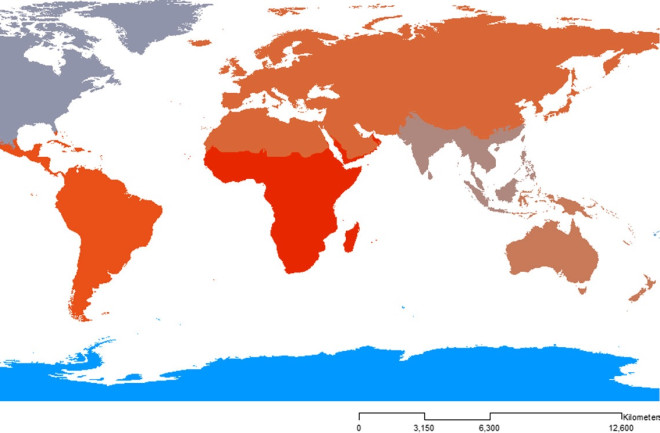Where Are the Wild Things? Ask A Mathematical Ecologist
New models suggest we've only found 95 percent of mammal species so far.
By Mark Barna
Jan 1, 2019 6:00 PMJan 3, 2020 11:28 PM

(Credit: M. Fisher et al. 2018/Ecology and Evolution)
Newsletter
Sign up for our email newsletter for the latest science news
0 free articles left
Want More? Get unlimited access for as low as $1.99/month
Stay Curious
Sign up for our weekly newsletter and unlock one more article for free.
View our Privacy Policy
Want more?
Keep reading for as low as $1.99!
Already a subscriber?
Find my Subscription
More From Discover
Stay Curious
Subscribe
To The Magazine
Save up to 40% off the cover price when you subscribe to Discover magazine.
Copyright © 2025 LabX Media Group
